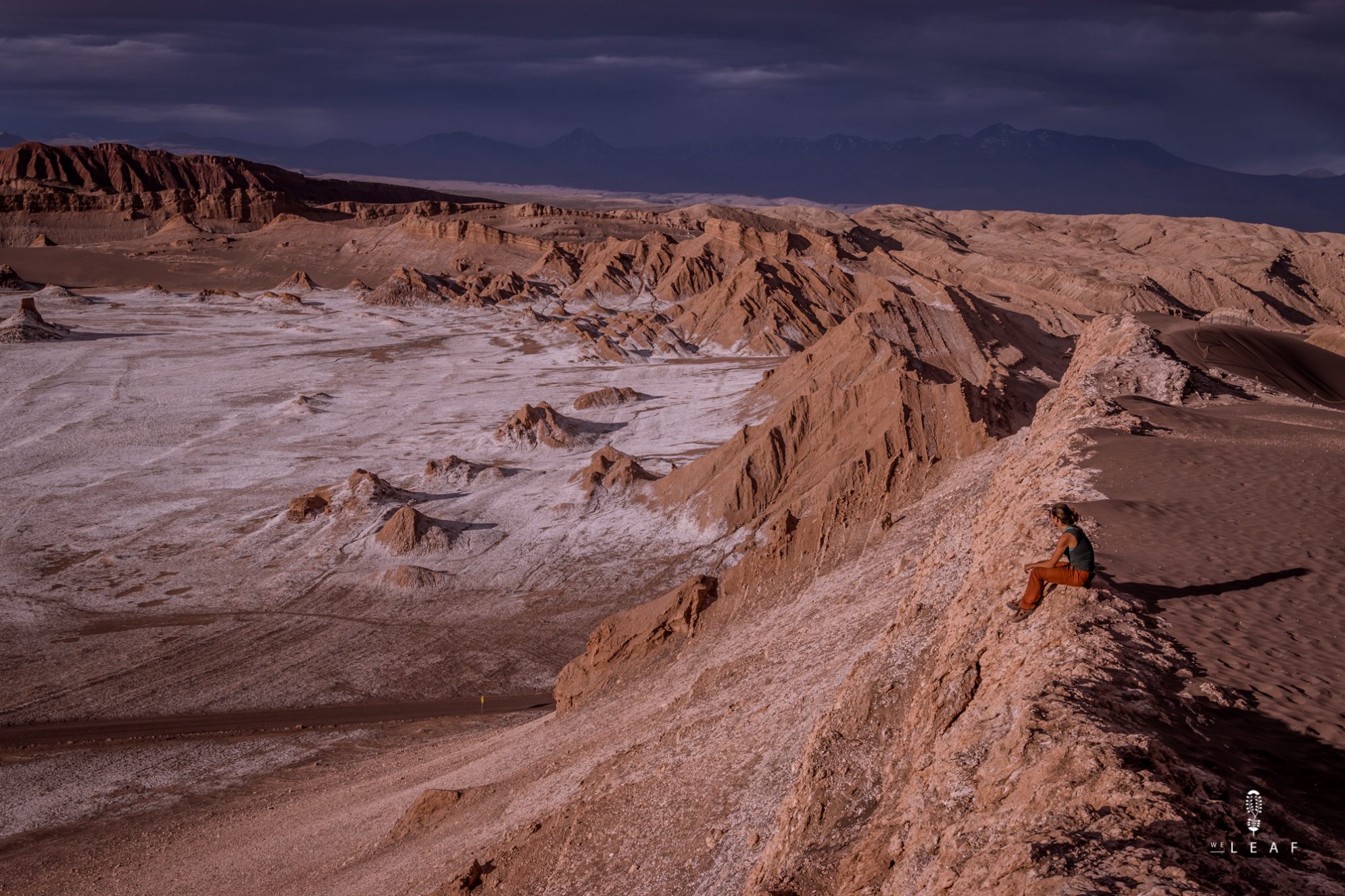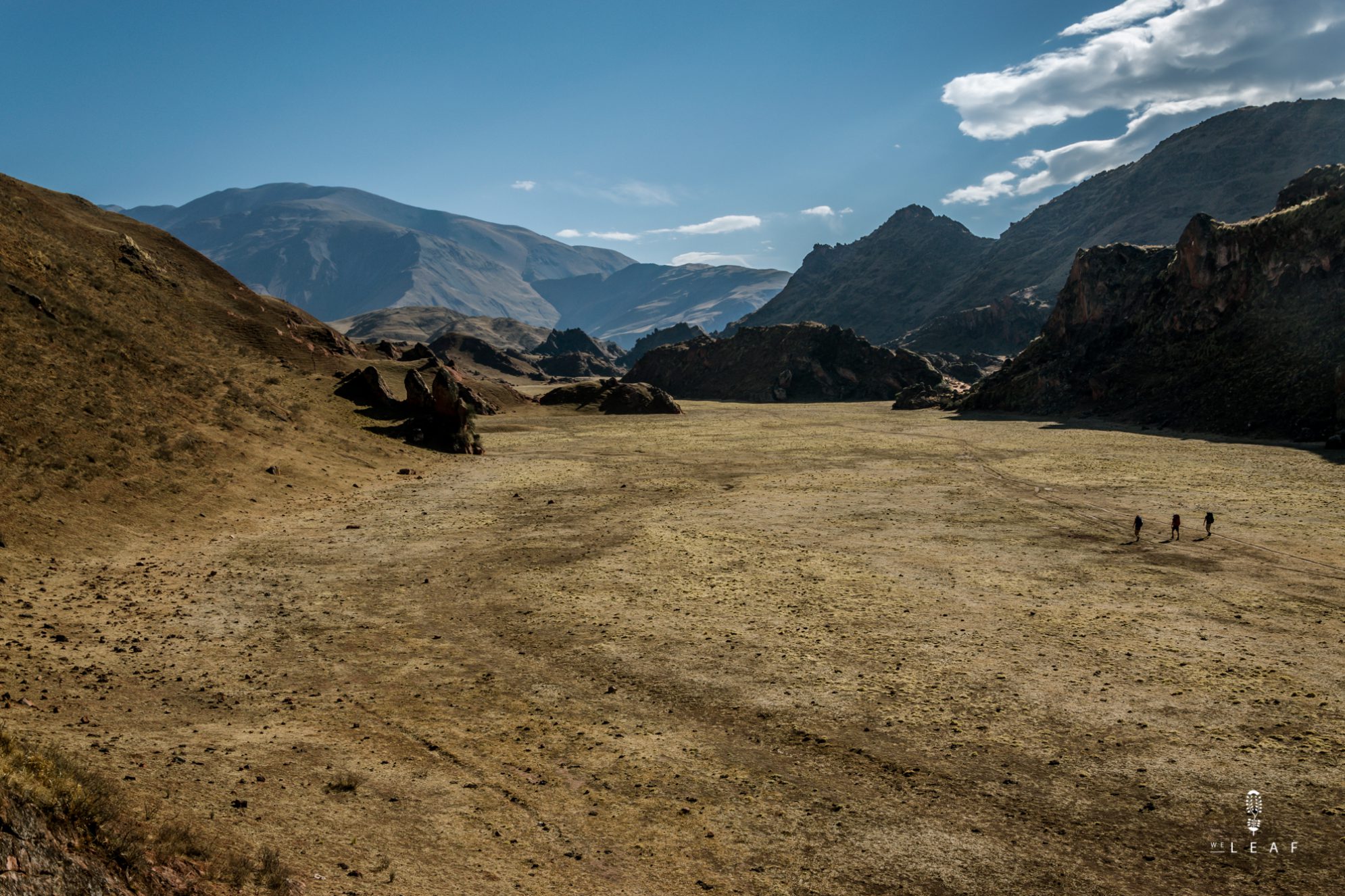
Dry, salt and cactuses

Wrong decision
August 26, 2017
Ruta 40
October 24, 2017
August 27th - Bus terminal Mendoza
In Mendoza we jump into Simon and Maxim's arms after one year without seeing them. We travel together to the North of Argentina and Chile and leave our bicycles in Mendoza for a while. To welcome them with some local culture we invite them in Daniel's house with an Argentinan asado, mate and facturas (sweet pies filled with dulce de leche), which will follow us the rest of our trip. Rainy Mendoza doesn't charm us so we take the first night bus to the Salta and Jujuy provinces.
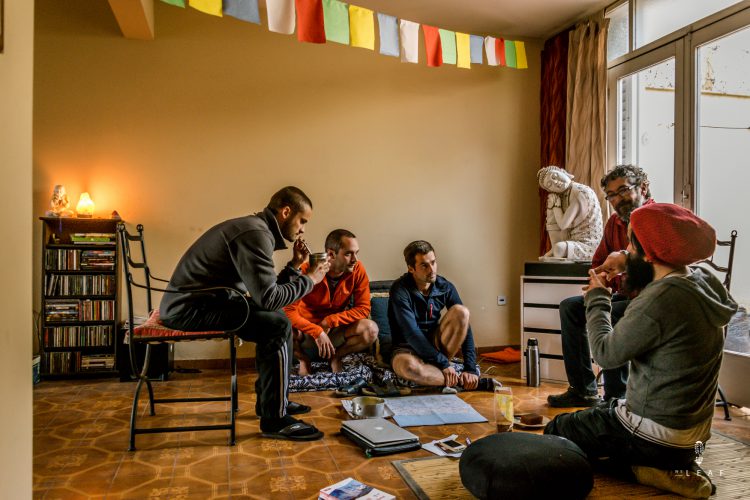
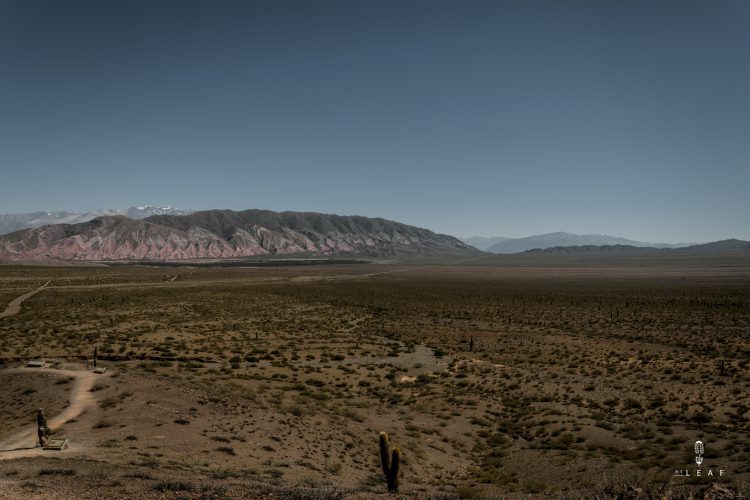
For one week we have a car to cruise through the quebradas like real tourists and hike where we want. The backpacks stay more in the trunk of the car than on our back but we manage to maintain our free sleeping streak. Even for us it is a guess how we did it, but since the northeast of Brazil, three months ago, we didn't have to pay for one single night. One night we sleep in the place of a indigenous Argentinian. He invites us for some maté, takes his guitar and starts singing about the life his people once had. 'Talking people don't listen, but singing I can spread the word' he says emotional. This way Simon and Maxim get a perfect view of the special meetings we daily have on the bicycle.
With the car we head straight to the walking valley. We follow an amazing route, which tells us at 3.000 meter altitude that our destination is covered in the clouds. With good hopes for better weather in the morning the night falls quickly when we finally find a place to pitch the tent next to the local football team. When we zip open the tent in the morning the fog sneaks inside and we now that our hike to the top remains an illusion.
Luckily there are plenty of other national parks to visit, Country of Cactuses in first place. We take a beautiful road through the interior, which takes slightly longer than we planned. The roads follows a bumpy dirt road which curves through the landscape. A night in the tent and a morning later we arrive on our destination. All the cactuses are at the same distances from each other on the enormous Altiplano. The Cardones is a cactus like every child would draw one. In this region the wood of the cactuses was used a long time for decoration and a construction material, which brought the cactus near to extinction.
That afternoon we finally make our first real hike. We put the backpacks on and follow the lama tracks through the valley. We are at 3.000 altitude in a valley with the beautiful name 'Valle Encantado' (Valley of joy). Ten kilometers later we put our tent in between a mine field of cow, donkey and lama pooh, although that's with Maxim remembers about this place. We are alone in the middle of nature, surrounded by red rocks and green gras. We sleep at 3.000 meter altitude and our tents disappear in the enormous Altiplano.
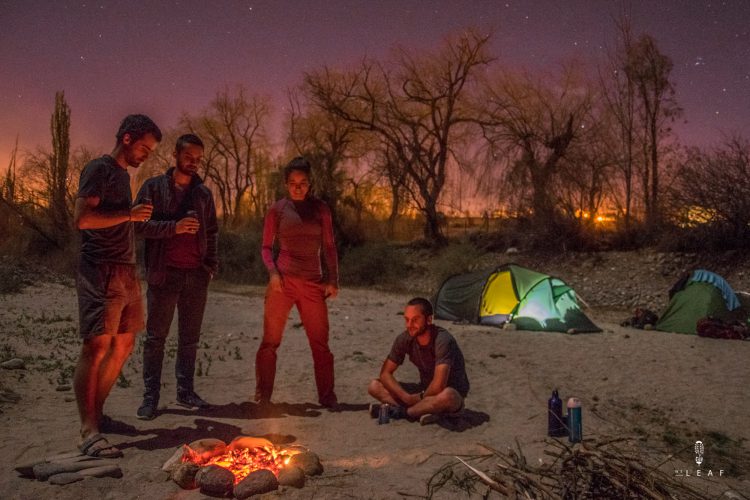
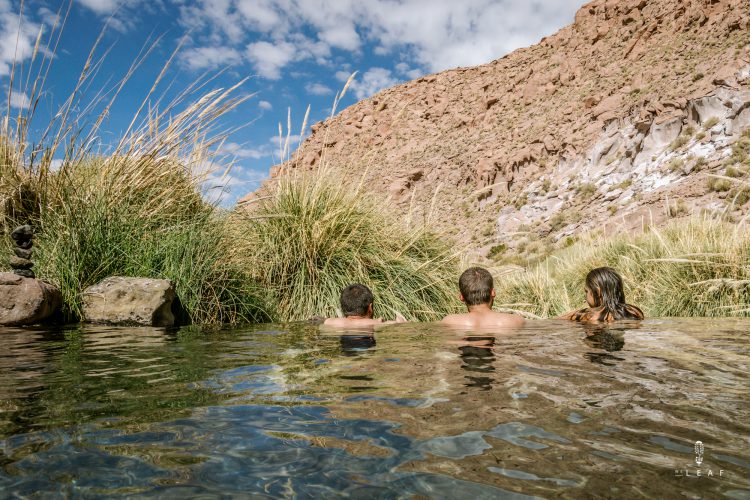
We drive one beautiful road after another. In Purmamarca we sleep under the hill with the seven colours, and we just miss the hill with the fourteen colours because we couldn't afford us a four wheel drive. The North of Argentina is touristic, but still very authentic. Small and dusty villages with adobe walls look like they already exist for ages. The splendid colours of the Andes dominate the street life. On the markets it is almost impossible not to buy some souvenirs, and the delicious empanadas and cheese tortillas are even more difficult to refuse. This way our week with the rental car flies. On Wednesday we return the car and are just on time in the hostel to follow the book presentation of Olivier's mothers new book. We eat another asado and after one week we are almost Argentinian with our daily cup of maté and diner at 10 o'clock in the night.
'At the border we get out of the buses and walk to Chile, until the border officer tells us that it is not allowed to cross thus border walking.'
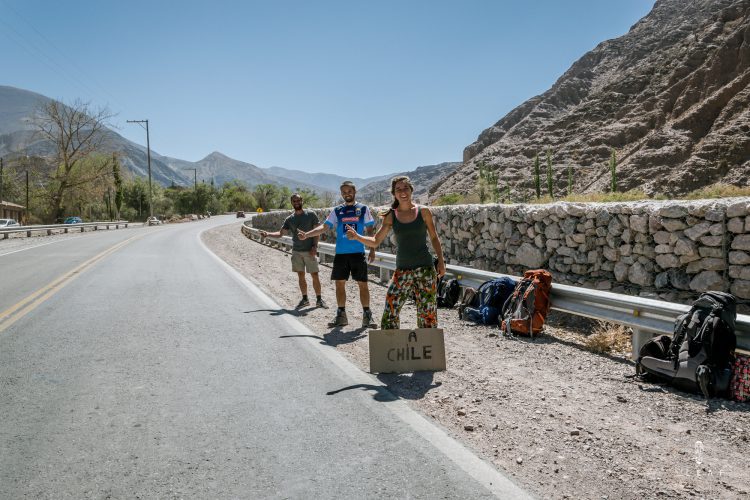
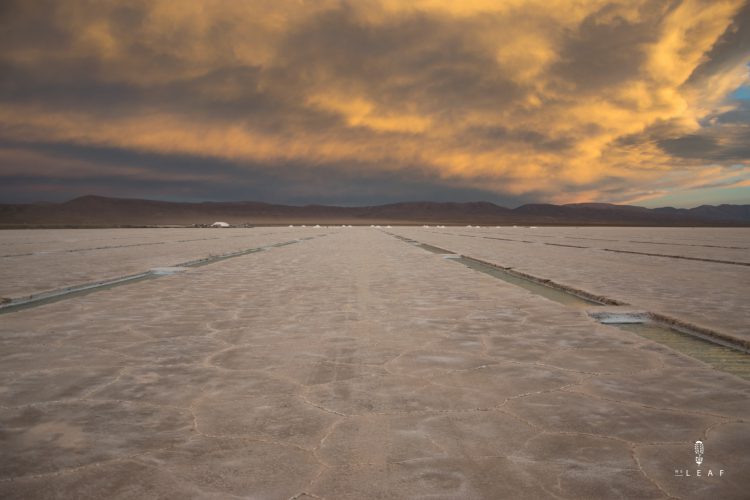
The next part of our trip we have to hand over the wheel. To get some more adventure and to see the Salinas Grandes (Big salt flats) we try to hitchhike to Chile. At 2 o'clock in the afternoon we are waiting with our backpack next to the road with a cardboard sign 'A Chile' . It takes only five cars to find a ride for Olivier and Maxim. The Colombian young man must have got his driving licence with a package of milk because his driving skills are hilarious. We survive the ride and two hours later Zoe and Simon also arrive on the salt flats after a ride with a Paraguayan truck driver. We ask if we can pitch the tent somewhere and a nice lady offers us all the salt flat. Unfortunately there is too much wind for the tent and we knock on the door of a salt processing factory who offers us a place in a old dining room completely made of salt, our own salt hotel!
In the morning a convoy of brand new touring buses stop in front of our hotel. They are empty and on their way from Brazil to the buyer in Peru. Each of us can board in one of the buses and this way we have first class view on the stunning landscape to the border with Chile. We climb above 4.000 meters and Maxim's bus driver start to dizzy because of the altitude. It has to happen Maxim who doesn't speak a word of Spanish but luckily they stop on time to take a rest. At the border we get out of the buses and walk to Chile, until the border officer tells us that it is not allowed to cross thus border walking. There we are, at 4.200 meter, desperately waiting for a car to take us across the border. At 19 o'clock the border closes and we are still at the Argentinian side. Luckily we find a place to sleep warm inside because temperature drops well below zero here.
The next morning is a Saturday and there is a bunch of Argentinian cars waiting to cross the border to go for shopping. After one minute we have a car which brings us safe into Chile. We cross a pass at 4.800 meter and tumble steeply down to an enormous dry Altiplano, the Atacama desert. San Pedro de Atacama is a small village in the desert and bulges from tourism. We need to get used to this mass, but quickly find some rest with a delicious chilean casuela, a well filled soup with meat, corn and potatoes. Just some good food, that's all a Van Herck needs.
The Atacama desert is the driest desert in the world. Nothing can grow here, no sparkle of life but still there is a lot to see. In the north are the Tatio geysers where hot steam rises from the ground in the morning. High up in the mountains are some lakes with clear blue, purple and green water, completed with the red rocks and green hills. One part of the desert is a salt flat, completely different from the white salt flat in Bolivia. It looks like an alien landscape, but strangely there live three types of flamingos. Life here appears to be the closest to life on Mars, although we never heard of flamingos on Mars. More extreme beauty is Valle de la Luna (Moon valley) with special rock formations and spectacular views. Our camera has to work hard when we are driven around like all the standard tourists. After four days we are satisfied and we move on to the south, because there is something flourishing.
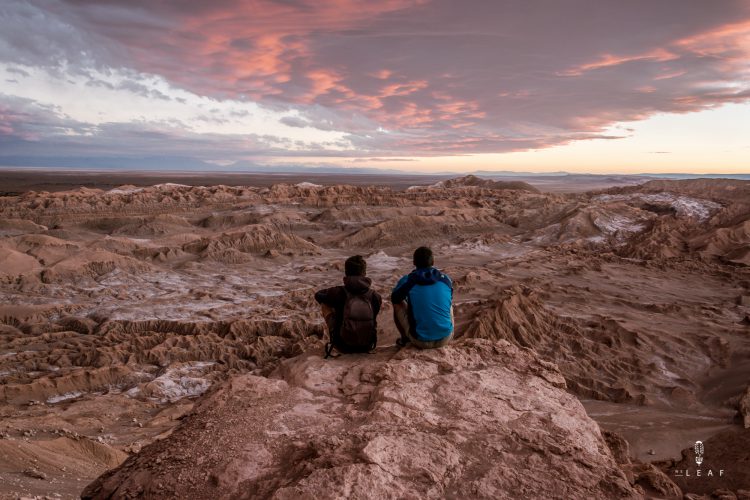
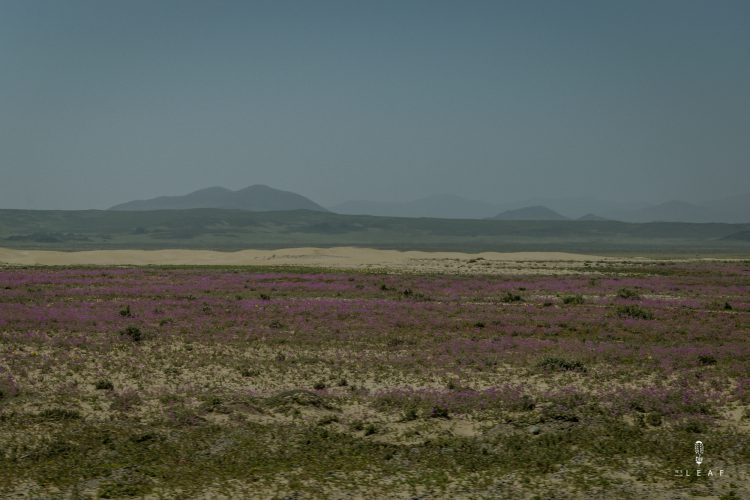
Exceptional rainfall provides an unknown explosion of flowers in the southern part of the desert. In the last thirty years the desert didn’t have as many colours as it now has. We take a bus to Vallenar, but unfortunately the hitchhiking from here doesn’t work well, so instead camping in a flower meadow, we end up on a desolate parking in the city. Luckily we see the beautiful meadows full of purple, yellow and white flowers from the inside of the bus, but some better advice from the tourist office and smarter hitchhiking appointments would have brought us some more.
Our last stop on the road to Santiago are the Humboldt penguins that live on a small island in the Chilean coast. The strong wind almost kills the day, but fortunately some captains decide to go for it and take the tourists around. Olivier stays on land, still having some traumatic thoughts about sea sickness.
Simon and Maxim don’t hesitate and go for a tour around the island and return with a big smile and a full checklist of new animals. Talking about sea lions, penguins and sea otters we get into the night bus to Santiago. The last day of our ‘vacation’ coincide with the Independence day of Chile, which should be a big party. Our expectations were referred to Kings Day in the Netherlands, so we were a little bit disappointed that all the festivities were in the park and the rest of the city was sleeping. In the parks the crowd was dancing on Chilean folkore music and everybody was dancing the cueca, the folkloric dance of Chile white handkerchiefs. With a last cueca performed by Zoë and Simon it became a festive end of three intensive weeks which went too fast. For the next visit we will have to wait one more year, but with these weeks we can survive some time. Hasta pronto hermanitos! []
